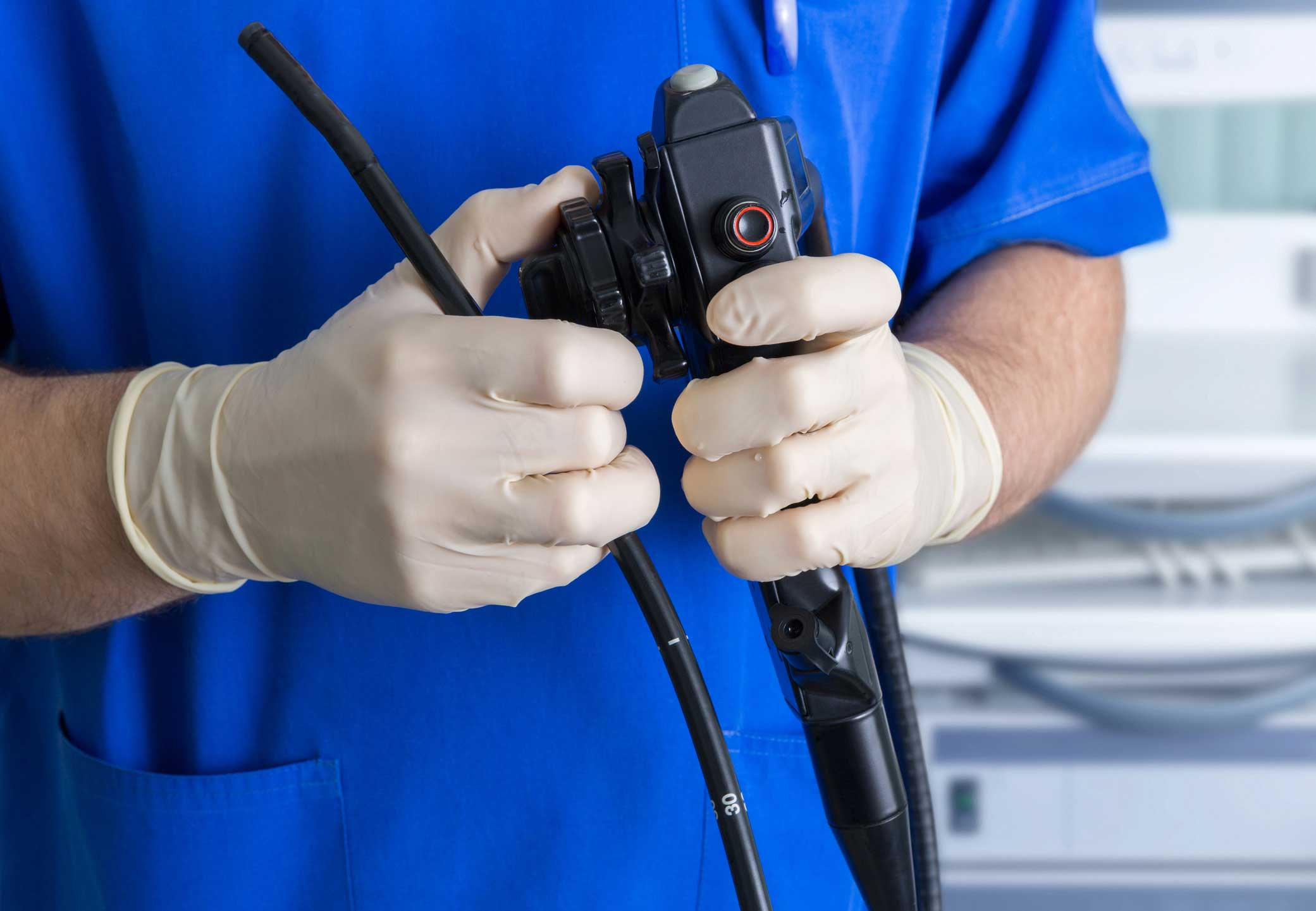Dr. Michael Karasik, a gastroenterologist at the Digestive Health Center at Hartford Hospital, is the only physician in the state performing complex procedures to remove deep tumors in the gastrointestinal tract.
Q. First, tell us all about these less invasive procedures. What are they?
A. Endoscopic submucosal dissection, ESD, is actually endoscopic surgery. In contrast to more typical surgery, however, there is no cutting on the outside and so no pain and it is organ-sparing so there’s no change in bowel function. Patients spend only one day or less in hospital. Best of all, it is equally curative for early cancers and complex polyps (large and difficult to remove). The same techniques can be used to cure early esophageal and early gastric cancers, as well.
Q. Can you tell us how they are performed?
A. A variety of catheters are passed through a colonoscope (for the colon) or an endoscope (for the esophagus and stomach). We have a special hollow needle catheter through which we can inject fluid and also send a variety of electric currents. The fluid we inject separates the lesion from the underlying muscle and then a microsurgical dissection is performed with the needle using the current. The key to this technique being able to actually cure cancers is that it allows a tumor to be removed in one piece. Patients can expect to feel no different than after having undergone a routine colonoscopy.
Q. How common is it to find tumors in the gastrointestinal tract?
A. We used to say that 30 percent of people undergoing colonoscopy would have precancerous colon polyps. We now know it is far more than that and the past decade has seen a dramatic increase in colon cancer in person in their 30s and 40s.
Q. What is the recovery like for patients?
A. ESD is organ-sparing but the gut wall is made thinner and takes a few weeks to heal. To protect it from during this period we usually close the site with clips or sutures and do limit weight lifting activities for the first 3-4 weeks.


